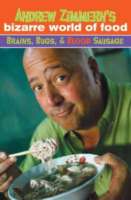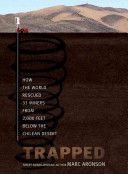
Have you ever thought about eating giant flying ants? Or raw camel kidneys? Well, read on to watch Andrew Zimmern not only eat these unique foods, but live to tell the tale about the people, places, and adventures he’s had while roaming the world in search of new and exciting meals. Zimmern takes readers from country to country, visiting local markets, participating in cultural feasts, and chasing down native wildlife to taste what each country has to offer, and discovering what is most authentic about each place he visits and the amazing information he receives while traveling to these countries.

